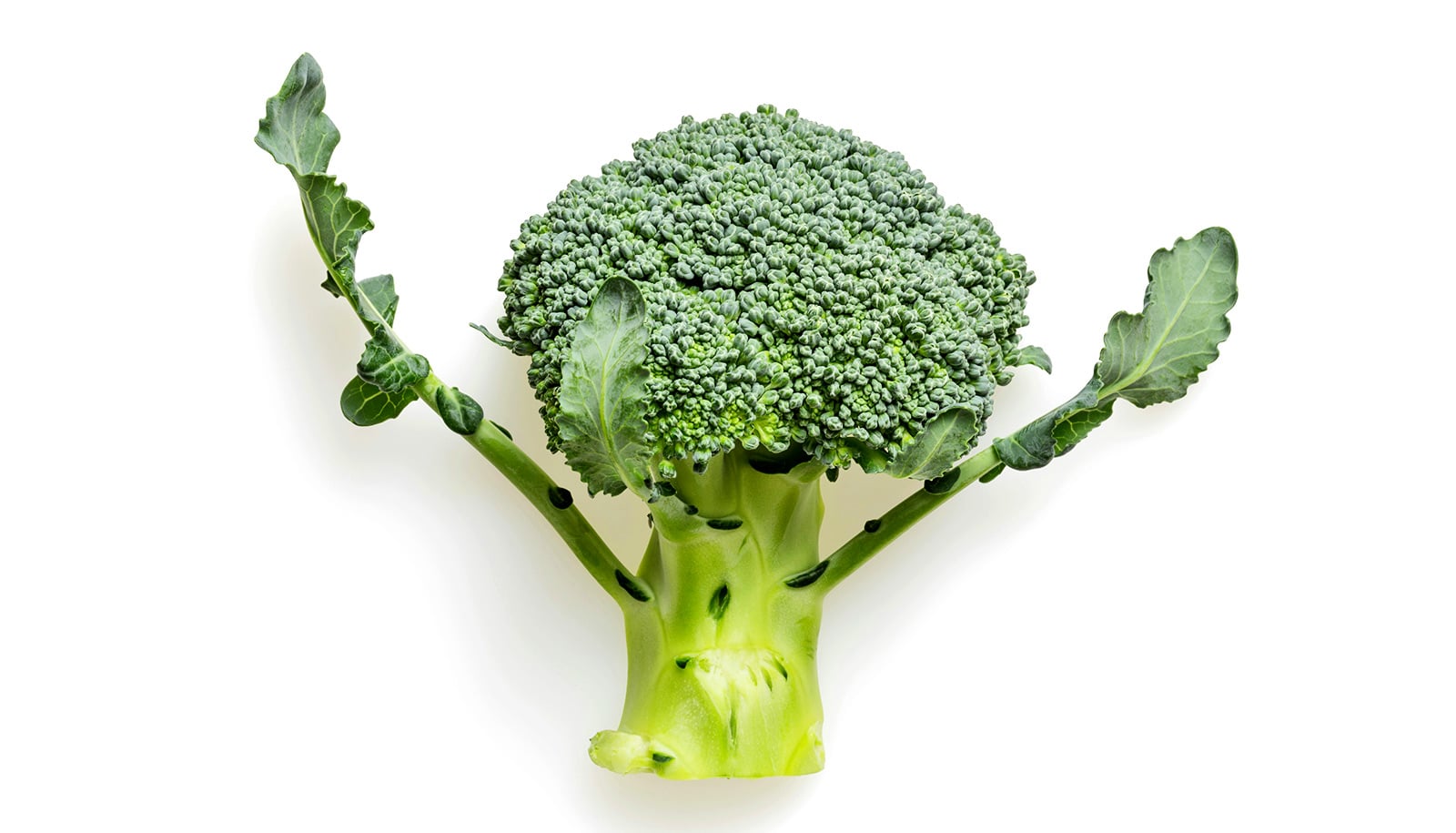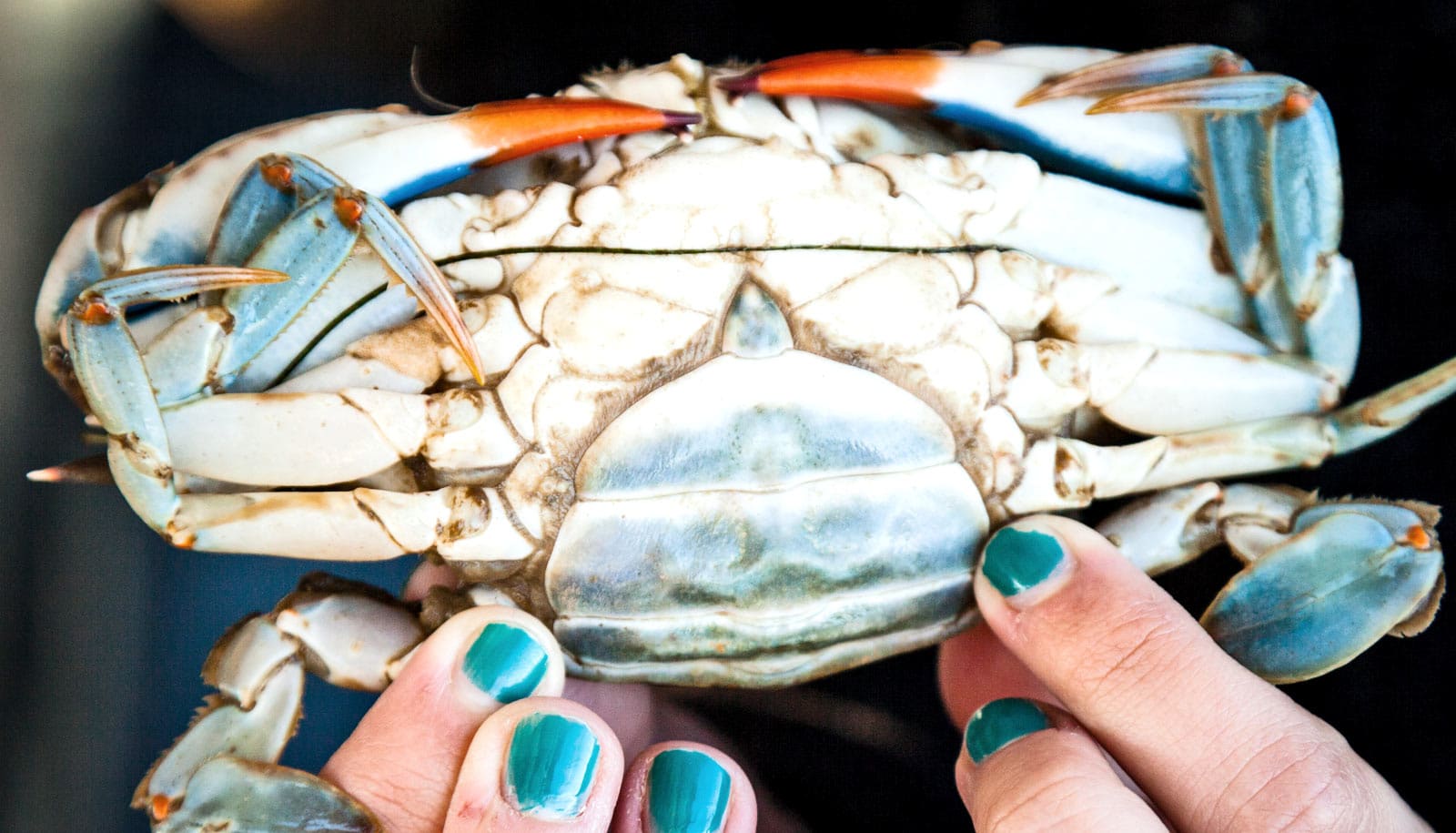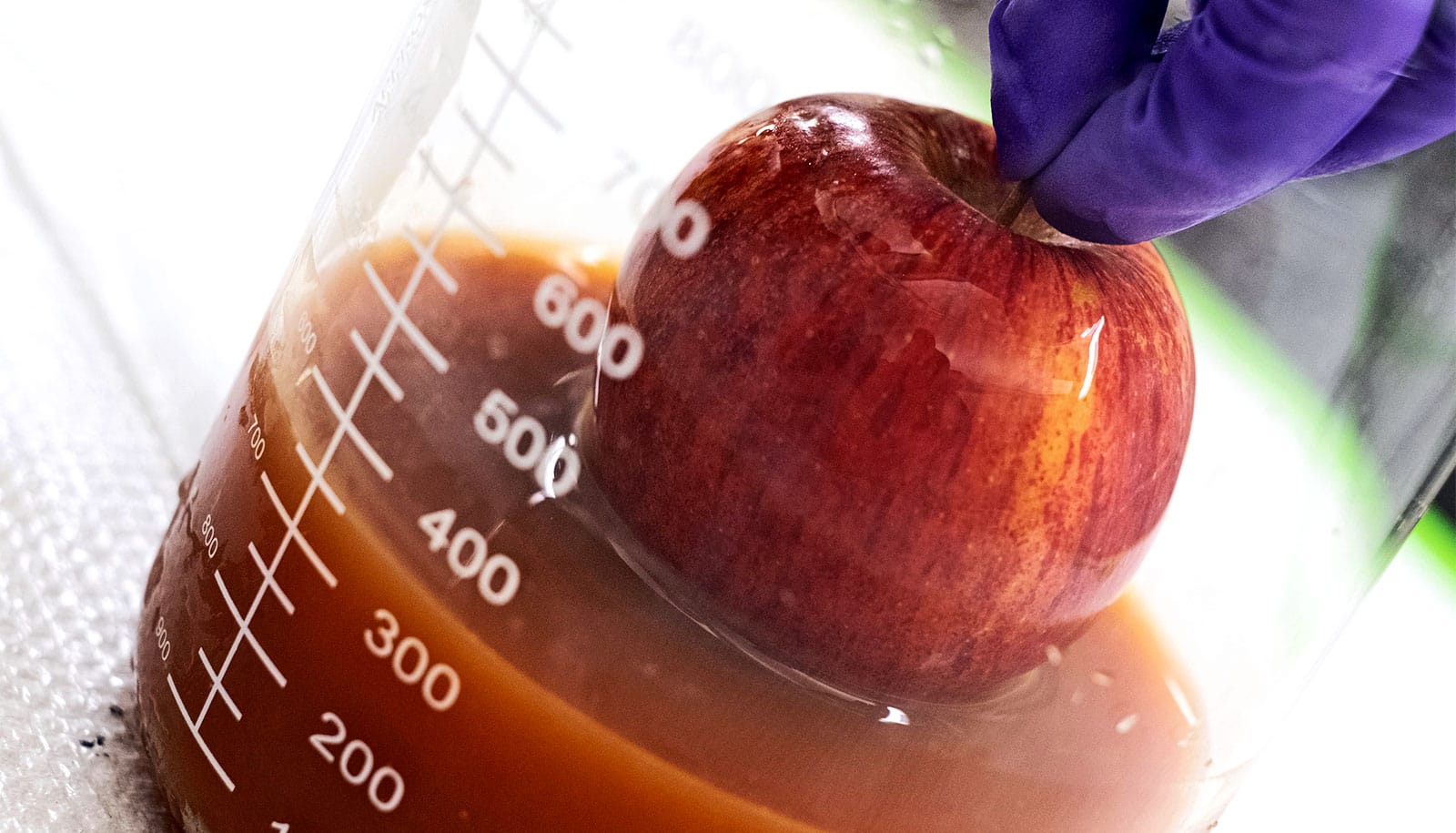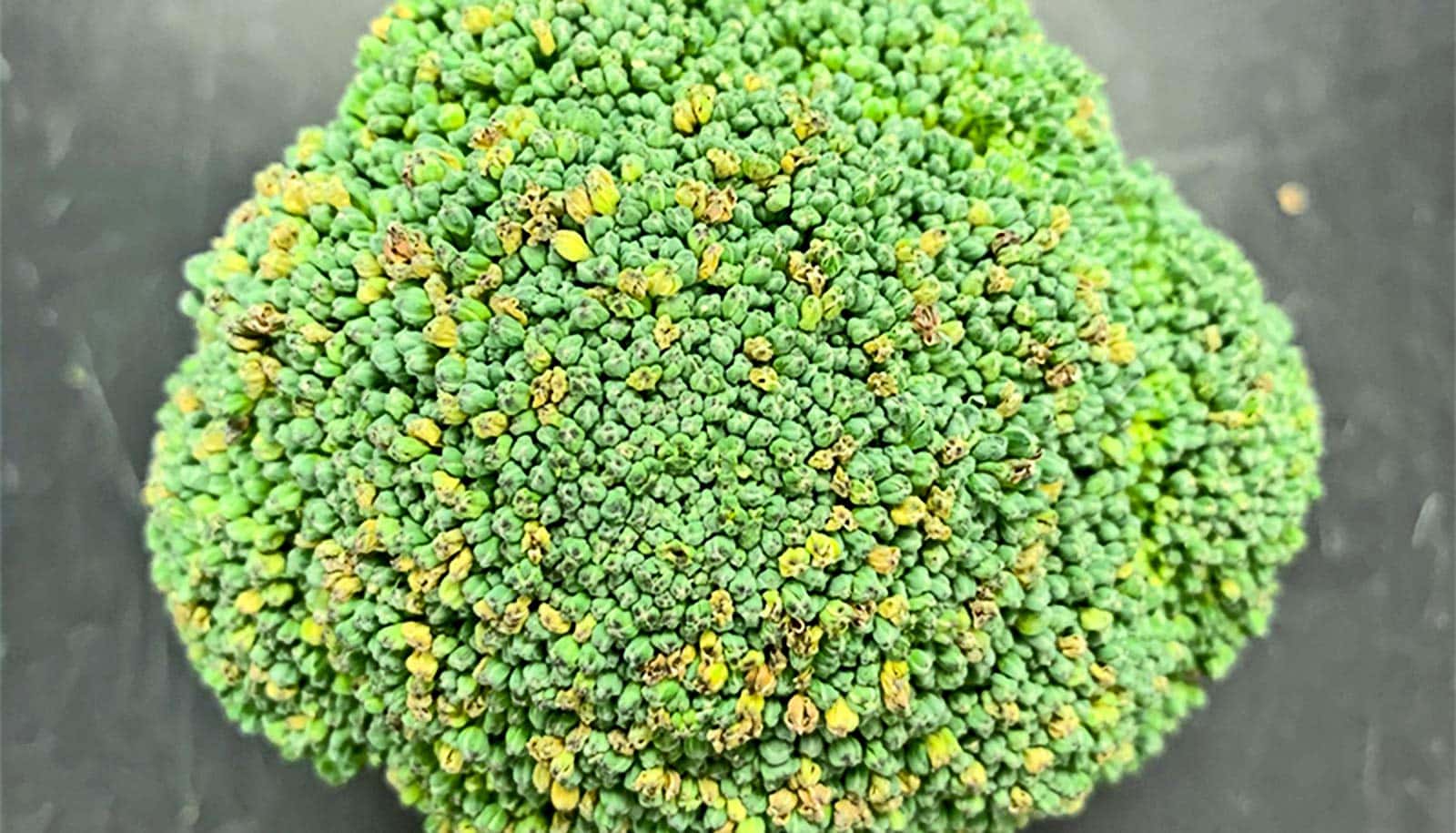Researchers have discovered treatments that delay the aging process in broccoli in different ways.
When consumers go to the grocery store, they want their produce, including broccoli, to look, feel, and taste fresh. This desire compels Tie Liu, to study ways to keep vegetables fresh.
In the new study, published in the journal Postharvest Biology and Technology, Liu and his colleagues studied the physiological and molecular mechanisms of two treatments: 1-Methylcyclopropene (1-MCP) and controlled atmosphere (CA) storage. Both delay broccoli’s aging, they found.
“Studying the molecular mechanisms of these treatments offers valuable insights into how we can improve vegetable preservation techniques, enhance food safety, and promote sustainability in the food industry,” says Liu, an assistant professor of horticultural sciences at the University of Florida’s Institute of Food and Agricultural Sciences (UF/IFAS) and the study’s corresponding author. “Those technologies are like superpowers for keeping vegetables and fruits fresh.”
Controlled atmosphere and 1-MCP both slow broccoli deterioration beyond what can be accomplished by low temperatures. While CA slows broccoli metabolism, 1-MCP makes it insensitive to ethylene, the plant hormone that controls stress responses and ripening.
“By controlling things like temperature, humidity, and the levels of gases like oxygen, carbon dioxide, and ethylene, we can slow down the natural processes that cause food to spoil,” Liu says. “It’s like giving the vegetables a safe home, where they can stay fresh.”
“The better we understand the genes that are turned on and off within the context of postharvest quality deterioration and loss of shelf life, the better we can target genes to either be turned on or off by gene-editing techniques,” Liu says. “Knowing this, vegetables such as broccoli will stand a better chance of being purchased and eaten rather than wasted.”
As soon as broccoli comes off the plant, the clock starts ticking on its freshness.
Typically, broccoli is harvested when floral bunches reach full size but with the florets (immature flowers) still tightly closed, says coauthor Jeff Brecht, a professor of horticultural sciences. In previous research, Liu and Brecht showed harvesting prematurely triggers the onset of aging and deterioration.
“So, since the broccoli quickly switches from growing to deteriorating when it’s harvested, it’s very quickly taken from the field to a cooling facility and cooled to as close to 32 degrees as possible,” Liu says. “The low temperature slows the decline of the broccoli tissue.”
Everyone involved in getting the broccoli to the store tries to keep it chilled, a process produce handlers call the “cold chain.” Usually, chilled broccoli lasts about 30 days, but if the cold chain is broken, the broccoli can yellow in just a few days.
“The reality is that once the cold chain is broken, even if the broccoli is returned to a low temperature, there’s no way to cool the product again,” Liu says.
Source: University of Florida



